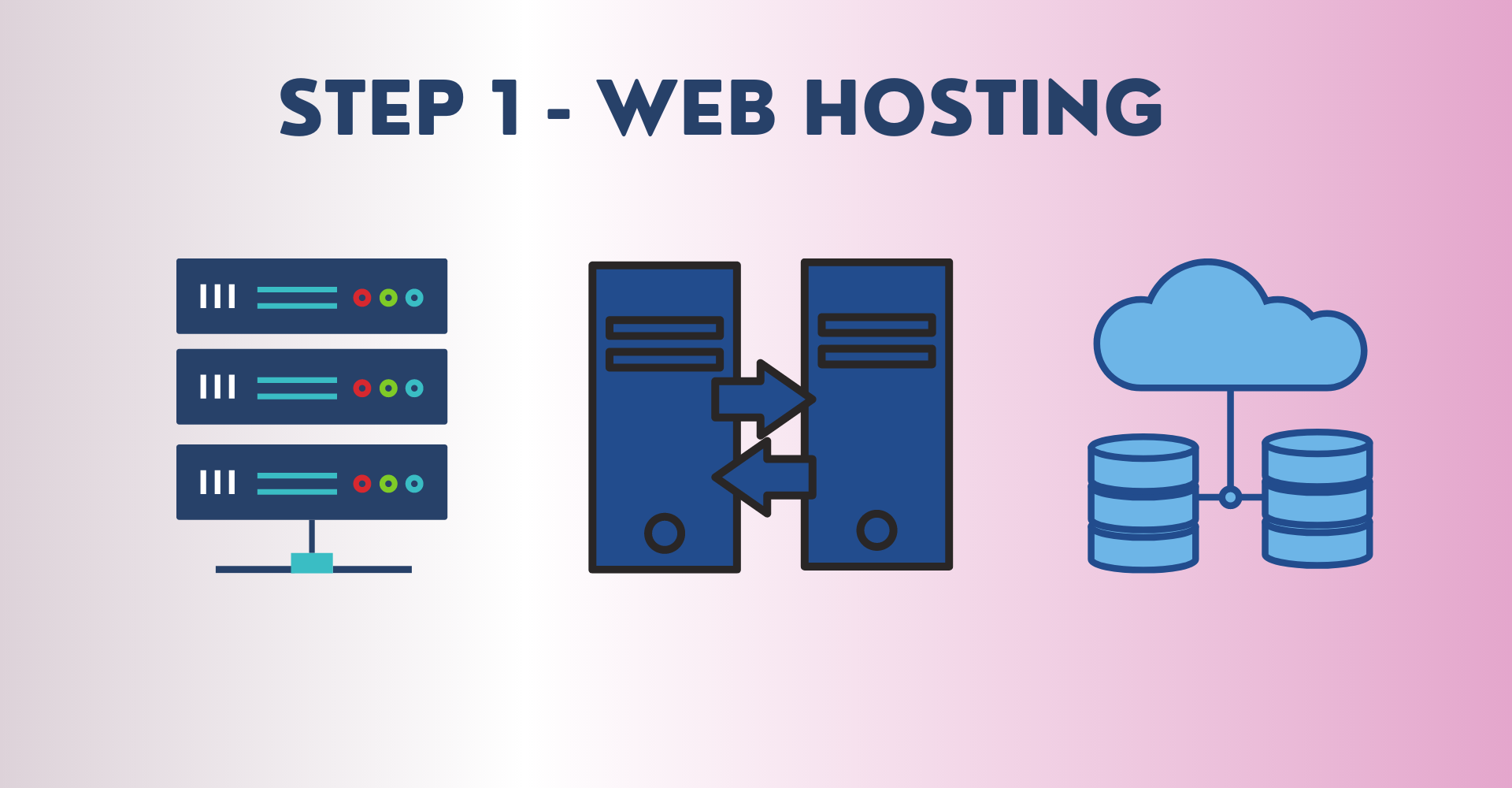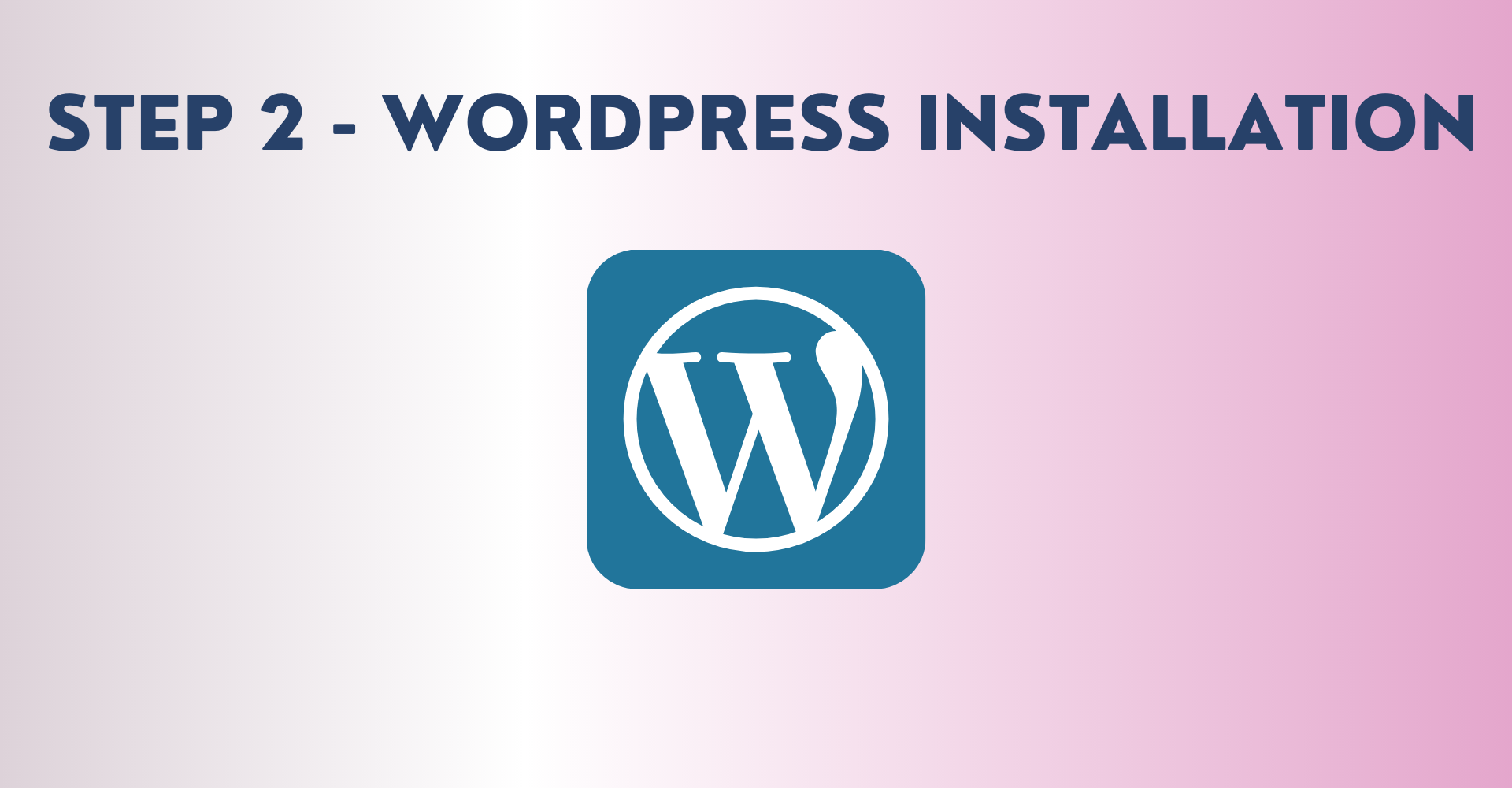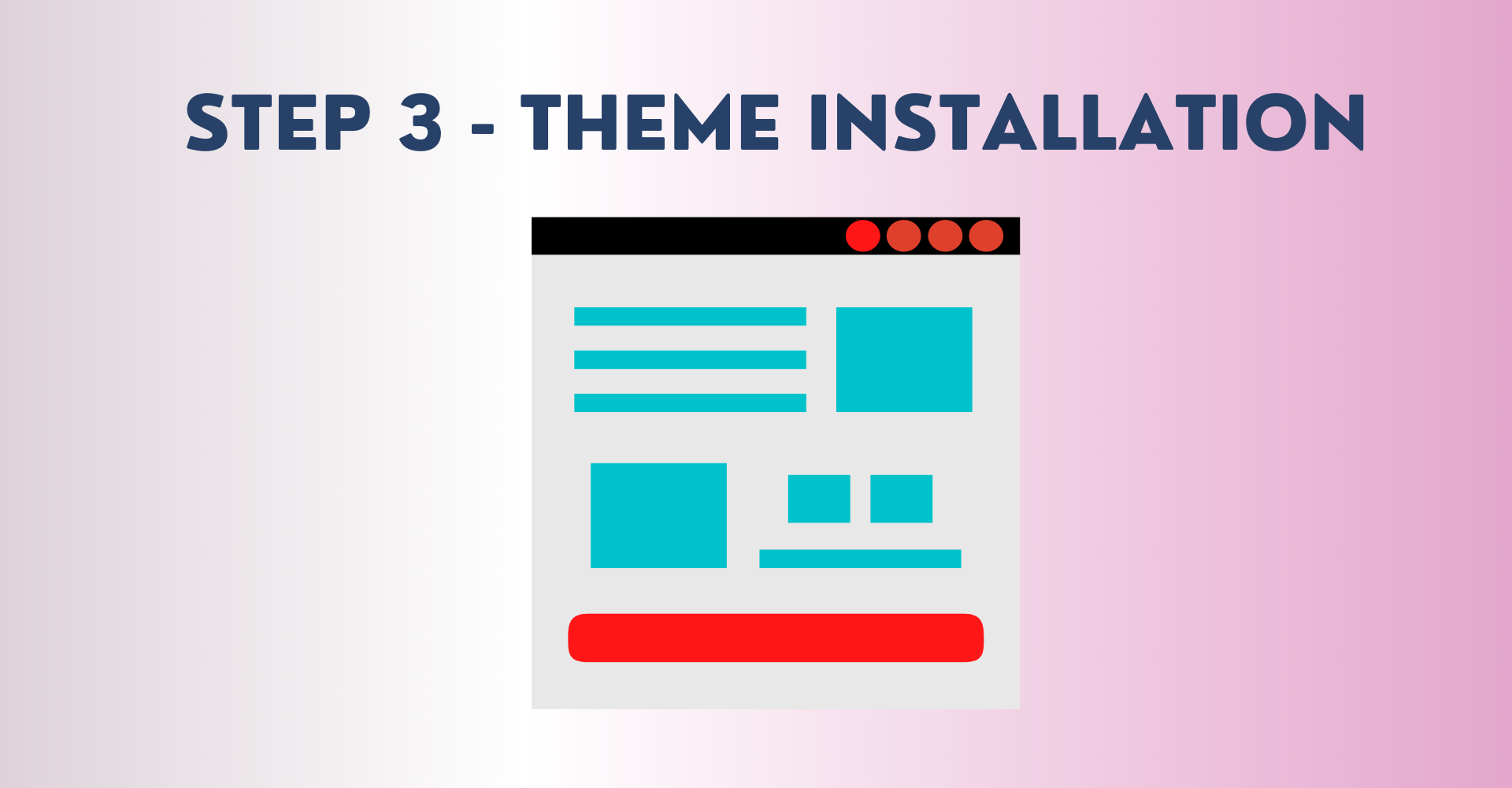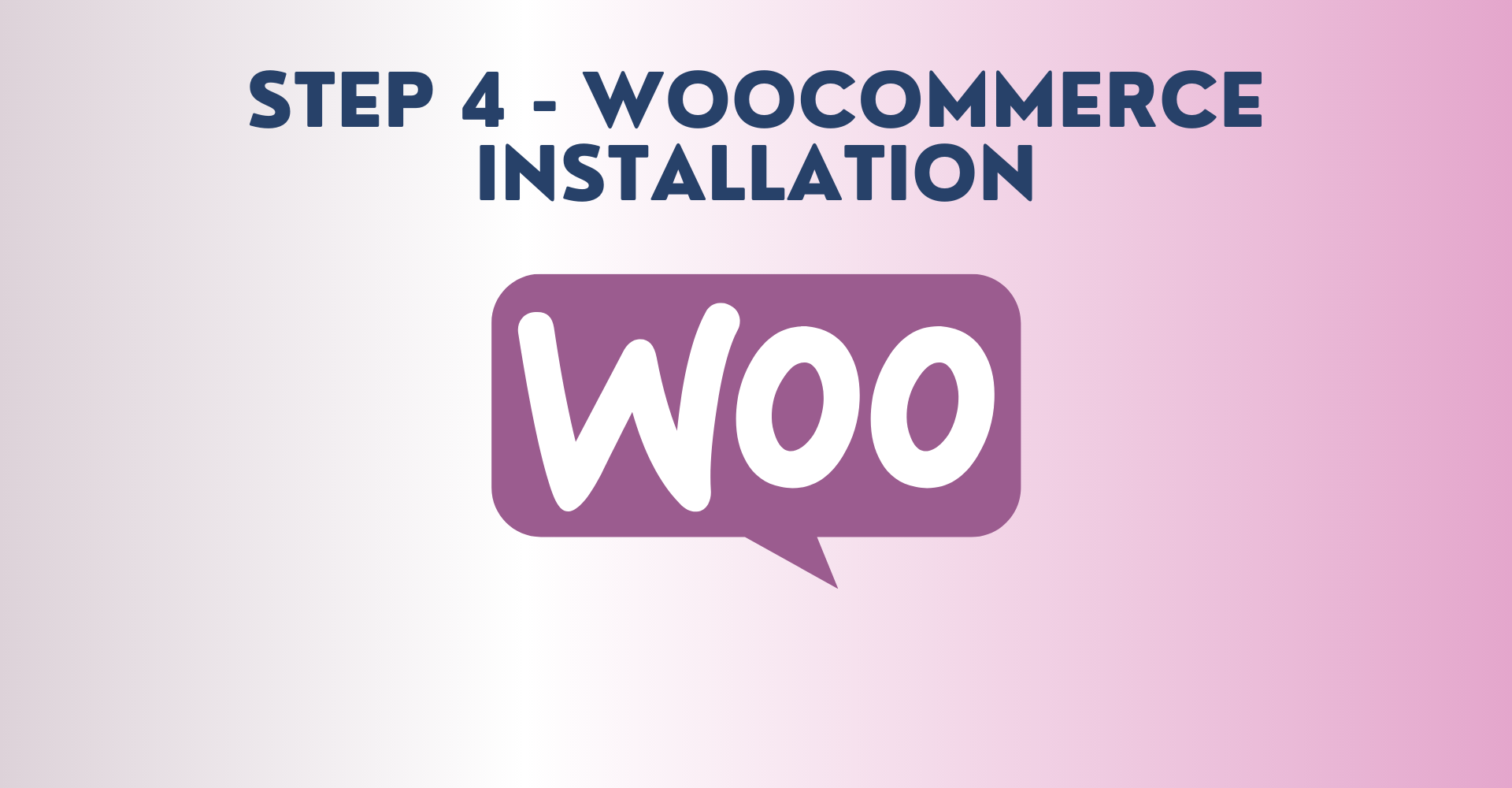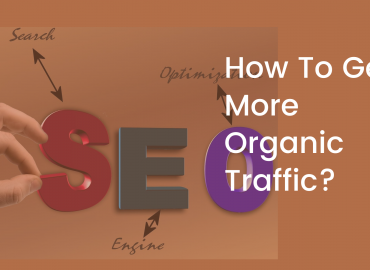How to build your online store with WooCommerce and WordPress
You may be wondering what is WooCommerce and how it differs from other hosted solutions like Wix, Shopify, etc.
WooCommerce is totally open-source plugin that works on WordPress based websites, while Shopify, Wix, Bigcommerce are fully hosted solutions. Hosted solutions can be a good option as a beginner because you don’t have to set up anything. The software is managed and you no need to worry about security or backups. But you will be paying a monthly premium and it comes with a lot of limitations too.
For example, if you go with Shopify they only allow a limited number of admin accounts, a limited number of shop management accounts per store which is ridiculous. Also if you want the report functionalities then you need to subscribe to premium plans. The cost of such an online store grows along with your business needs.
You also have a lot of limitations on customizations. You can do customization only to the extent they allow you to do with the plan you have got. It’s like staying in an apartment you can’t do a lot of things. You’re bound to the rules and regulations. You can’t renovate your house because you’re staying in an apartment. That’s how hosted solutions are.
WordPress is powering 38 percent of the global websites. So literally, 3 out of 10 websites you would have visited today are powered by WordPress. That is out of 180 million websites worldwide 66 million are running on WordPress. So that’s how big is WordPress. WooCommerce is basically a plugin for WordPress to get eCommerce features on your WordPress based website. It’s the most popular e-commerce plugin for WordPress out there. It is a free plugin that is simple and straightforward. It gives you all features that you need to sell products whether it’s physical products (ex: handbags), or virtual products like ebooks or digital contents. It works with any design/theme you currently have on your WordPress site. With WordPress and WooCommerce you can customize and design your website in any way you want.
In a nutshell, the benefits of using WooCommerce
- It’s free
- WooCommerce is the most versatile plugin
- It’s open-source, which makes it highly customizable for individual needs.
- The setup is fast and easy to work with.
- WooCommerce plugin is compatible with all current themes of WordPress.
What Can You Sell With WordPress + WooCommerce?
- Digital products (e.g. software, downloads, e-books),
- Physical products,
- Services,
- Bookings (e.g. for appointments, or anything else that can be booked),
- Subscriptions,
- Other people’s products – as an affiliate, and more.
STEP 1 – Web Hosting
To build a WordPress-powered website, you just need two things.
- The domain name is your store’s unique address on the web. Example Slicestoshare.com is my domain name.
- Web Hosting is basically a remote computer that stores your website and then serves it to whoever wants to visit it on the internet. My hosting provider is exabytes where my website is hosted. When you’re starting up go for the smaller hosting package. These packages are very affordable and you can start your business without a big upfront budget. If you have a website already and you have already a lot of visitors, over 10 000 visitors a month, then you should consider having a virtual private server. Otherwise, it is good enough to have shared hosting.
STEP 2 – WordPress Installation
WordPress is easy to use and easy to learn. If you know some basics like how to install it and if you have a hosting account, then you are good to go.
When you buy a hosting package with a hosting company they will give you the login credentials to log in to the control panel where you have access to your website area and can install your WordPress right from that control panel and get started with WordPress right away.
At this point, you should have a blank WordPress website installed.
- You can see it by going to your main domain name (e.g.,
YOURSTORE.com) - You can log in to the admin panel by going to
YOURSTORE.com/wp-admin
Once you set up WordPress, you log in to WordPress Dashboard which is the back end for the website. The backhand is where you can update, add content to your website.
STEP 3 – Theme Installation
A WordPress theme is a component to change the layout and design of your website. The options given in the themes aids in customizing the appearance of your site, including the layout, typography, color, and other design elements.
Installing a theme is very easy. For WordPress, there are thousands of free themes available. Look for a theme that suits your business needs and your style.
Alternatively, you can visit the e-commerce section at ThemeForest – the biggest directory of premium WordPress themes on the web.
STEP 4 – WooCommerce Installation
The next step and important step is setting up WooCommerce by installing the WooCommerce plugin. By default, WooCommerce works with any WordPress theme. This is a popular plugin with over 5 million installations worldwide. There are over 8000 plugins related to WooCommerce as an add-on that can help you to customize the end-user experience or your back-office operations.
Requirements for WooCommerce Installation
These are the server requirements to install WooCommerce. Most hosting providers provide packages that meet these requirements.
- PHP version 7 or higher version
- HTTPS Support
- MySQL version 5.6 or higher/MariaDB version 10.0 or higher
- 128 MB RAM or more
Once you activate WooCommerce it walks you through the basic settings of your store location, what industry your business belongs to, the currency, etc.
Setting Up WooCommerce
Store Design
Mainly – what makes an e-commerce store design good? Here are the most crucial parameters:
- The design needs to be clear and not confusing in any way. A visitor who’s confused won’t buy anything. What matters is your product and services so keep your design clean simple and easy to navigate. Customer experience the most important thing when you’re building a website.
- The center content block needs to grab the visitor’s attention right after they come to the site. That center block is where the products will be displayed.
- Adjustable sidebars. You need to be able to select how many sidebars you need and also disable the sidebar altogether for some pages (more on that later).
- Responsive and mobile-optimized. Research indicates [2] that around 80% of people on the internet own a smartphone. According to another research [3], 61% of your mobile visitors will leave immediately and go to your competitors if they have a frustrating mobile browsing experience. In other words – making sure that your website is optimized for mobile is crucial.
- Good navigation structure. You want clear menus that are easy to grasp – so that your visitors can find the page they’re looking for.
Shipping
Before you start adding products, you will need to set up WooCommerce shipping correctly first.
Setting up shipping needs some deep learning how it is all set up. Instead of going into detail, I will mention here the terms used in shipping setup, which are shipping location, shipping zones, shipping classes, shipping methods, and shipping costs.
Make sure all these are set for your online store to function properly.
Products
Categorizing products is the best way to de-clutter your WooCommerce shop and intuitively guide users to the page they are looking for. In WooCommerce you can easily group your similar products under a category, making it easy for users to scan and find the products they are looking for.
You can either create your products or you can import your products. One easy way to learn to import products is to import demo content available from the theme itself.
Customising Menu can be done using a free plugin called Max Mega Menu to have a fully stretched menu with images as shown below
That completes setting up the products on your website. Now, it’s time to know about payment gateways so we can launch our shop and be ready for online sales.
Payment Gateways
Though there are globally popular payment gateways like PayPal and Stripe, in Malaysia, there are quite a few popular payment gateways like BillPliz, ipay88, eghl, 2C2P, etc available for you to choose from.
They all offer online banking and pay by the credit card system and various other payment channels like GrabPay , Boost E-Wallet, etc.
There’s no shortage of options to choose from when it comes to picking the right payment gateway. But that’s a decision that strictly relates to your business and customers’ needs.
After choosing your payment gateway which can be integrated with WooCommerce, as a business owner you need to open a business account with the respective payment gateway provider. This involves some document submission from your side to the payment gateway company. Once the business account is created and approved, the settings can be done in WooCommerce for that payment gateway.
Next comes the testing of the transactions which means, you’ll need to try and test a transaction using their test option. If that works successfully, test a live mode transaction keeping a low priced ( $0.50 or $1.00) product. If that successfully goes through and the money goes to your account, then it means it’s working.
SSL certificate
I should not neglect to mention that installing an SSL certificate is a must if you want to run an online business.
An SSL (Secure Sockets Layer) certificate is an efficient way to protect sensitive data being transferred from your customer’s browsers to your servers from being intercepted by hackers.
Why do we need an SSL certificate?
- It’s a simple cost-effective way to protect your customers.
- Google uses SSL certification in SEO rankings.
- An active SSL certificate shows your users they can trust you and your website.
How do you get an SSL certificate?
The majority of hosting provider offers free SSL certificate as part of their in-house services. If your hosting provider doesn’t offer this support or you have a more complex website, you should hire a security expert who can set it up correctly.
Do thorough testing of the system to make sure your online store system is running smoothly. You don’t want to lose a customer because of a faulty system.
So with these four-steps, you have now already a beautiful store set up with WooCommerce and ready to be launched. Congratulations! Your store is now ready to receive customers.


